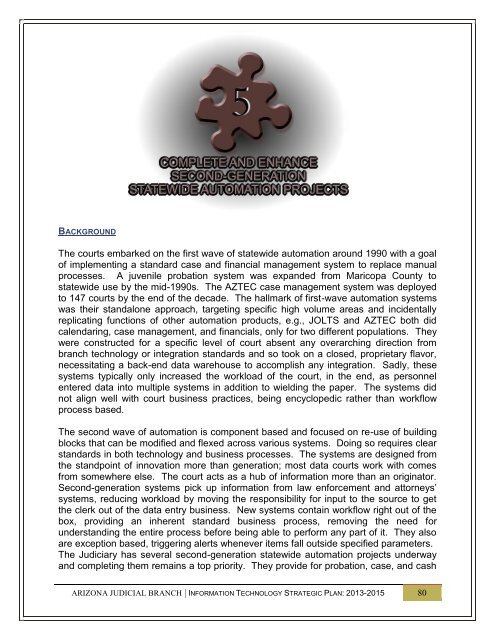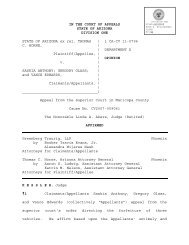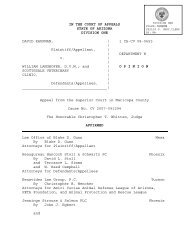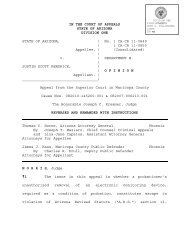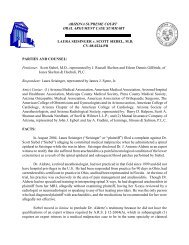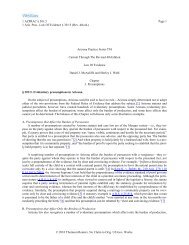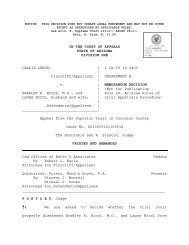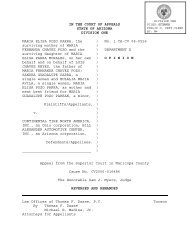Print Version - Arizona Judicial Department
Print Version - Arizona Judicial Department
Print Version - Arizona Judicial Department
You also want an ePaper? Increase the reach of your titles
YUMPU automatically turns print PDFs into web optimized ePapers that Google loves.
BACKGROUND<br />
The courts embarked on the first wave of statewide automation around 1990 with a goal<br />
of implementing a standard case and financial management system to replace manual<br />
processes. A juvenile probation system was expanded from Maricopa County to<br />
statewide use by the mid-1990s. The AZTEC case management system was deployed<br />
to 147 courts by the end of the decade. The hallmark of first-wave automation systems<br />
was their standalone approach, targeting specific high volume areas and incidentally<br />
replicating functions of other automation products, e.g., JOLTS and AZTEC both did<br />
calendaring, case management, and financials, only for two different populations. They<br />
were constructed for a specific level of court absent any overarching direction from<br />
branch technology or integration standards and so took on a closed, proprietary flavor,<br />
necessitating a back-end data warehouse to accomplish any integration. Sadly, these<br />
systems typically only increased the workload of the court, in the end, as personnel<br />
entered data into multiple systems in addition to wielding the paper. The systems did<br />
not align well with court business practices, being encyclopedic rather than workflow<br />
process based.<br />
The second wave of automation is component based and focused on re-use of building<br />
blocks that can be modified and flexed across various systems. Doing so requires clear<br />
standards in both technology and business processes. The systems are designed from<br />
the standpoint of innovation more than generation; most data courts work with comes<br />
from somewhere else. The court acts as a hub of information more than an originator.<br />
Second-generation systems pick up information from law enforcement and attorneys’<br />
systems, reducing workload by moving the responsibility for input to the source to get<br />
the clerk out of the data entry business. New systems contain workflow right out of the<br />
box, providing an inherent standard business process, removing the need for<br />
understanding the entire process before being able to perform any part of it. They also<br />
are exception based, triggering alerts whenever items fall outside specified parameters.<br />
The Judiciary has several second-generation statewide automation projects underway<br />
and completing them remains a top priority. They provide for probation, case, and cash<br />
ARIZONA JUDICIAL BRANCH | INFORMATION TECHNOLOGY STRATEGIC PLAN: 2013-2015 80


